The merger into the new Vinh Long province is not only an expansion of territory, but also a strategic decision of historical significance to create a new development space.
Deputy Secretary of the Provincial Party Committee, Chairman of the Provincial People's Committee - Lu Quang Ngoi commented that Vinh Long province after the merger possesses 4 main development pillars including: marine economy and renewable energy; ecological agriculture, high technology; connecting infrastructure and logistics services; cultural heritage and human resources. These are not individual potentials, but a system of advantages that can interact, resonate, and create a combined strength to create sustainable prosperity.
This is also an important basis for the province to develop programs and action plans to implement the Resolution of the 1st Congress of Vinh Long Provincial Party Committee, term 2025-2030. At the same time, planning appropriate and feasible development strategies, contributing to building a new dynamic, unique, highly competitive and sustainable Vinh Long province in the coming time.
Part 1: "Giant" strength from marine economy
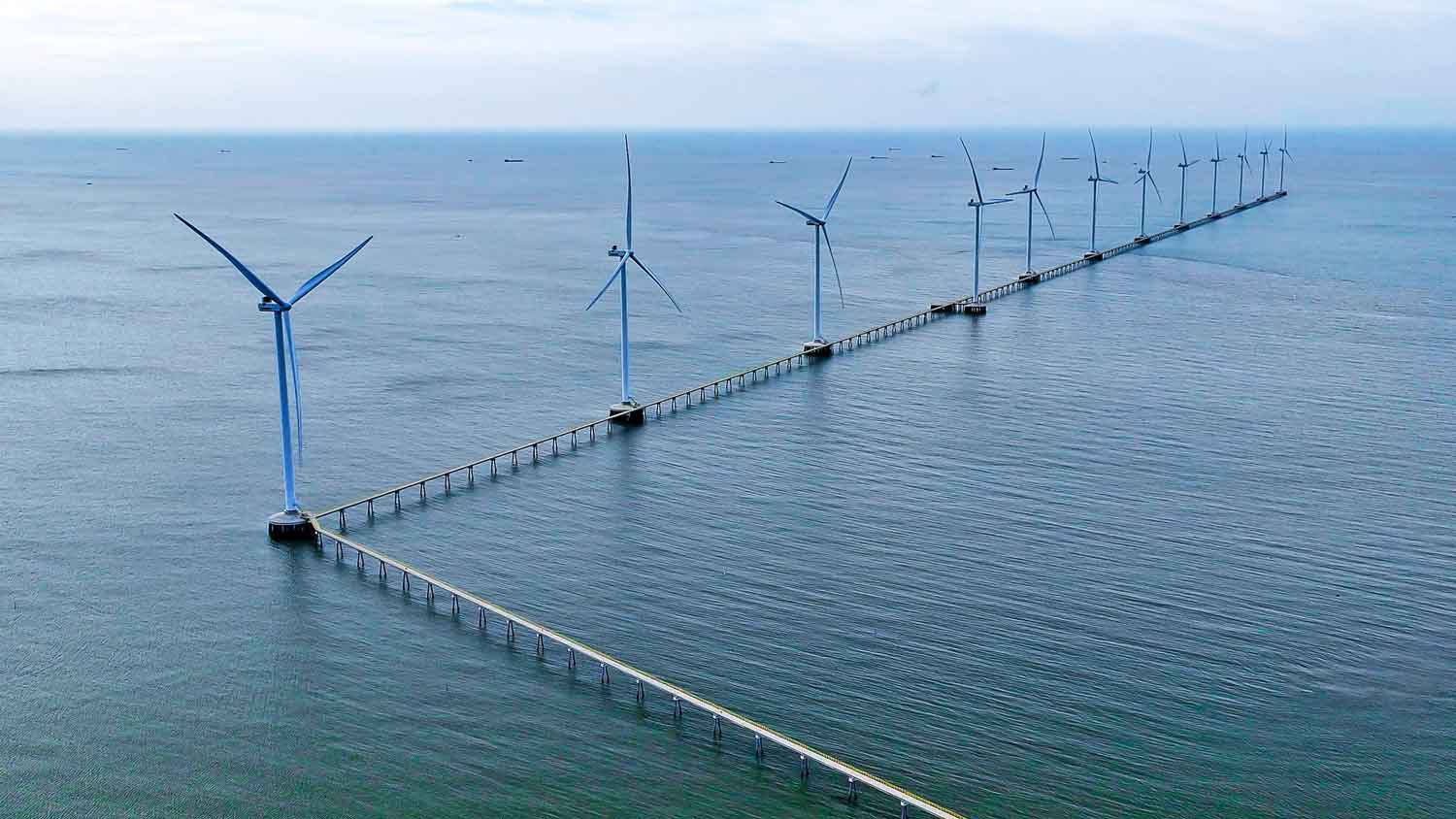 |
| Vinh Long aims to integrate marine space development with exploiting renewable energy and aquaculture potential. Photo: NGO ANH KHOA |
With the advantage of "3 sides bordering the river, 1 side bordering the sea", 130km long coastline, the province has ideal conditions for synchronous development of fields such as aquaculture and seafood exploitation, seaports, logistics, marine industry, coastal urban areas and marine eco -tourism , development of wind power, solar power...
Potential and advantages of rivers and seas
“New Vinh Long province” is located in the center of the Mekong Delta, “3 sides bordering the river, 1 side bordering the sea”, the North and East bordering Dong Thap province, the West bordering Can Tho city, the South and Southeast bordering the East Sea.
Regarding waterway traffic, the province has a channel for large tonnage ships to enter the Hau River; large rivers such as Tien River, Hau River and its branches Co Chien, Ba Lai, Ham Luong, Mang Thit... are convenient for connecting waterway traffic and developing the regional economy. In particular, Vinh Long has a coastline of more than 130km, with large river mouths such as Dinh An, Cung Hau, Ba Lai - opening up potential for developing marine economy, logistics, seaports, wind power,...
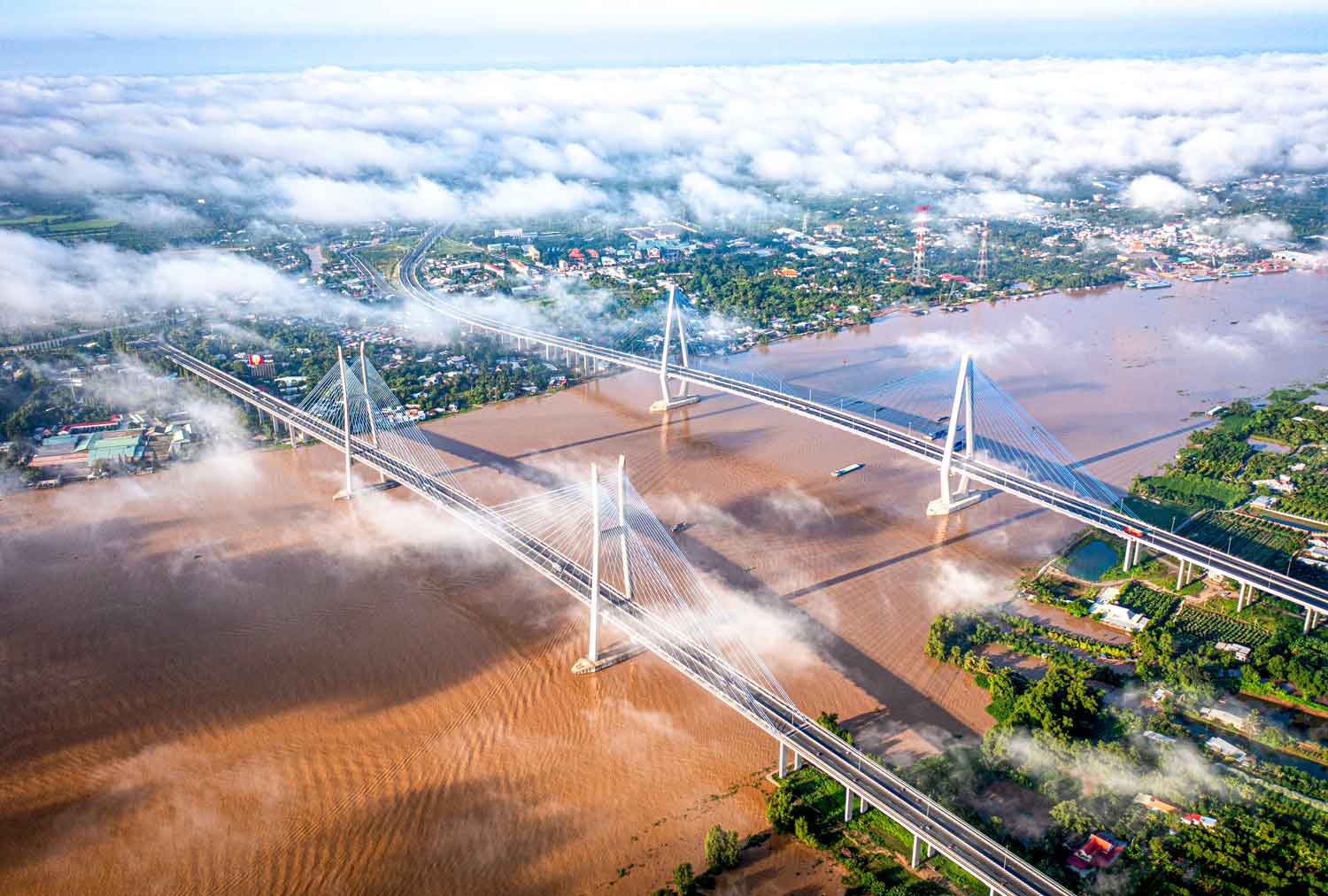 |
| Vinh Long has a favorable location with increasingly improved traffic infrastructure. Photo: NGO ANH KHOA |
In particular, Tra Vinh port cluster, Dinh An Economic Zone (one of 16 coastal economic zones of the country), energy areas, especially renewable energy in Duyen Hai (belonging to the old Tra Vinh province) and Binh Dai (belonging to the old Ben Tre province) are attracting the attention of many investors, and in the future will become the country's renewable energy export center.
Mr. Le Anh Duc - Head of the Regional Planning and Development Department (Institute of Strategy and Economic-Financial Policy), assessed that the combination of the coastal strip of Ben Tre and Tra Vinh with the province's vital waterway and road traffic network will create a super maritime economic and logistics corridor, with the potential to become the main export gateway of the entire Mekong Delta region.
By 2050, the province is expected to be the growth pole of the marine economy - smart agriculture and logistics center of the Mekong Delta region. “With its central location, Vinh Long plays the role of the “heart” of the coastal economic and logistics corridor. At the same time, located on important national traffic axes such as National Highway 1, future expressways (My Thuan - Can Tho, Chau Doc - Can Tho - Soc Trang) and main inland waterways, the province will be the center for collecting, distributing and transiting goods for the entire corridor” - Mr. Le Anh Duc commented.
In the 2025-2030 term, the province will focus on developing renewable energy and new energy (wind power, solar energy, green hydrogen, etc.) to create momentum to exploit the potential of the marine economy so that Vinh Long can become one of the key provinces in developing the marine economy, clean energy and tourism. |
Mr. Tran Ngoc Chinh - Chairman of the Vietnam Urban Planning and Development Association, commented that Vinh Long province has just expanded its space and "river-sea" advantages, has great advantages in developing the marine economy and creates opportunities to exploit the strengths of seaports, especially the shipping lanes entering the Hau River, creating favorable conditions for import-export and logistics activities. The province can form energy or coastal logistics cities, attracting investment in clean energy industrial chains and coastal logistics.
In the orientation of sustainable development, the marine economy is identified as one of the strategic pillars of the country, with the goal of making Vietnam a strong maritime nation in the spirit of Resolution No. 36 on the Strategy for sustainable development of Vietnam's marine economy to 2030, with a vision to 2045. According to Associate Professor, Dr. Nguyen Ngoc Vinh (University of Economics, Ho Chi Minh City), the key marine economic sectors that the province can exploit include: marine aquaculture and brackish-saltwater aquaculture; offshore renewable energy; sea-river logistics; coastal seafood processing industry; marine eco-cultural tourism.
Forming the Southern Energy Complex
According to the Vinh Long Provincial Party Committee, the marine economy continues to be identified as one of the key driving forces to promote rapid and sustainable growth for the region. Tra Vinh and Ben Tre (old) have proactively issued and implemented programs and plans for marine economic development in the 2021-2025 period, with a vision to 2030 and a vision to 2045; integrating marine space development with the exploitation of renewable energy and fisheries potential.
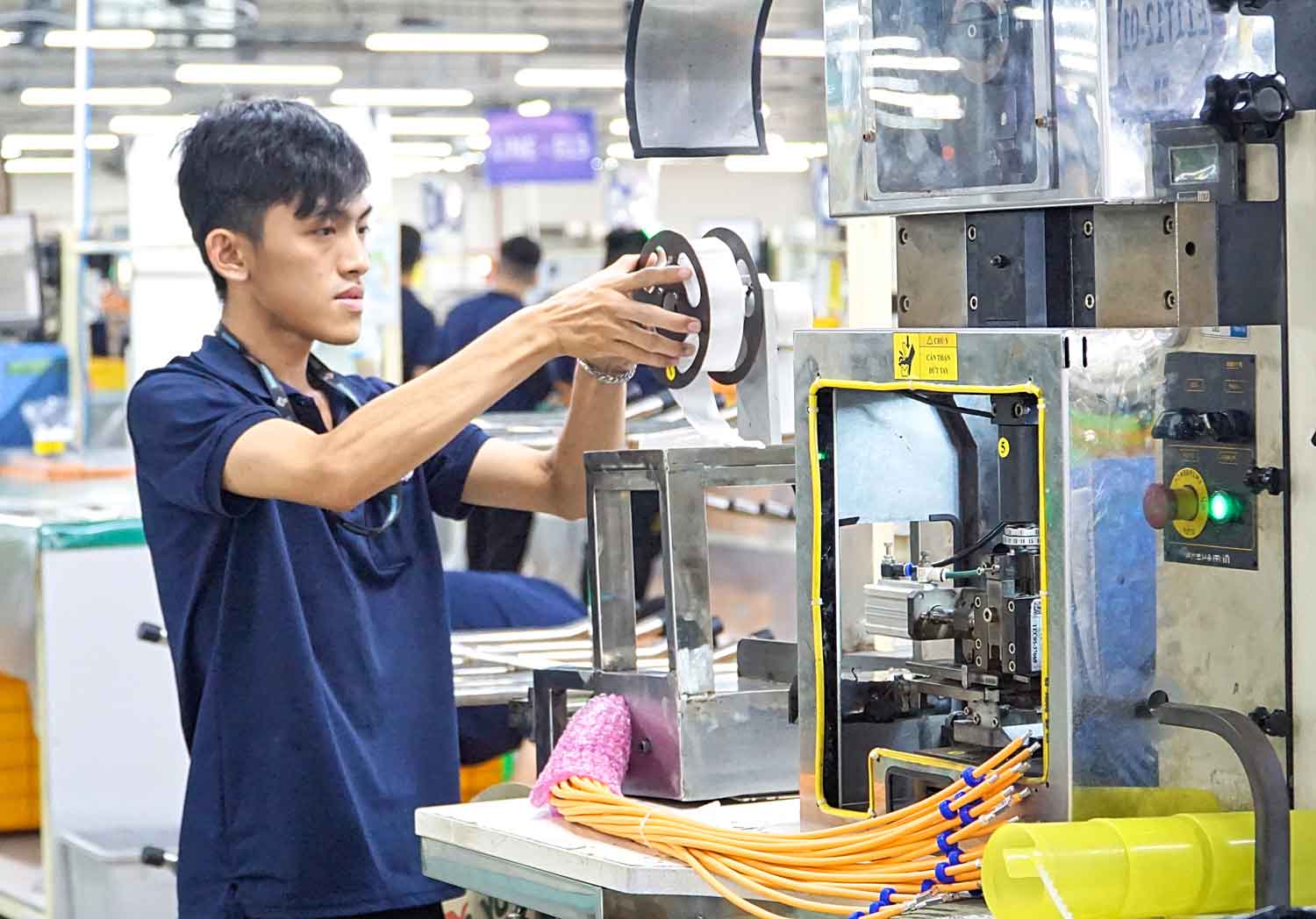 |
| The province's industrial parks, clusters and economic zones have been attracting many domestic and foreign investors. Photo: DUY HIEN |
The province is currently operating a total commercial capacity of 5,422 MW of electricity. It has been planned to add 2,900 MW of wind power and 150 MW of solar power by 2030. In addition, the potential for developing about 1,000 MW of offshore wind power has been surveyed and evaluated by the Institute of Energy (Ministry of Industry and Trade), promising to form a large-scale renewable energy center of the country in the future...
Meanwhile, according to the Vietnam Wind Atlas 2022, the coastal areas of Duyen Hai - Cau Ngang (Tra Vinh) and Binh Dai (Ben Tre) have an average wind speed of 7.0-7.5 m/s at an altitude of 100 m, among the highest in the Mekong Delta. Currently, the province has a total operating wind power capacity of 390 MW (Tra Vinh) and is under construction of 450 MW (Ben Tre), with an estimated theoretical potential of >2,500 MW offshore. Solar energy is also feasible with an average radiation of 4.8-5.0 kWh/m²/day, suitable for reservoirs and coastal alluvial areas.
Associate Professor Dr. Nguyen Ngoc Vinh proposed that Vinh Long should prioritize licensing and implementing offshore wind power projects in areas with wind speeds ≥ 7 m/s according to the National Wind Map, with a total target capacity of 1,000 MW by 2030. Encourage the development of floating solar power in reservoirs and coastal alluvial areas. At the same time, research and test wave and tidal energy in the Cung Hau and Dinh An estuaries, build a center for maintenance and repair of wind turbines and solar power equipment to serve the entire Mekong Delta region...
According to Mr. Le Anh Duc, Vinh Long has “huge” potential for renewable energy, capable of forming a “Southern Energy Complex” of national strategic importance. “The total renewable energy potential of the province is very large, up to tens of thousands of MW, reinforced by the presence of the Duyen Hai Power Center with 4 thermal power plants with a total capacity of nearly 4,500 MW. Thereby, it plays a role in providing a clean, stable and abundant source of energy to serve the industrialization and modernization process, especially the processing and logistics industries and coastal economic zones,” Mr. Le Anh Duc emphasized.
Dr. Ha Huy Ngoc, Director of the Center for Research on Local and Territorial Economic Policies and Strategies (Vietnam and World Economic Institute), said that the marine economy continues to be identified as one of the key driving forces to promote rapid and sustainable growth for the region. Integrating marine space development with exploiting renewable energy and fisheries potential, Vinh Long also emphasizes focusing on developing the marine economy as a strategic pillar of the region. The focus is on developing seaports, coastal logistics, offshore and coastal wind power, and marine tourism. Investing in reclaimed land and marine economic zones associated with urban areas and tourism… |
KHANH DUY - TUYET HIEN
Source: https://baovinhlong.com.vn/kinh-te/202510/kien-tao-khong-gian-moi-khai-mo-tiem-nang-phat-trien-0cd0366/





![[Photo] Closing of the 13th Conference of the 13th Party Central Committee](https://vphoto.vietnam.vn/thumb/1200x675/vietnam/resource/IMAGE/2025/10/08/1759893763535_ndo_br_a3-bnd-2504-jpg.webp)


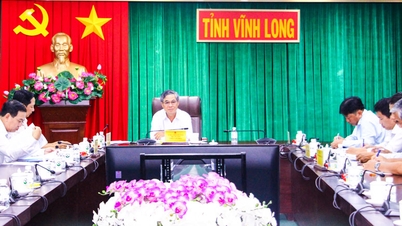






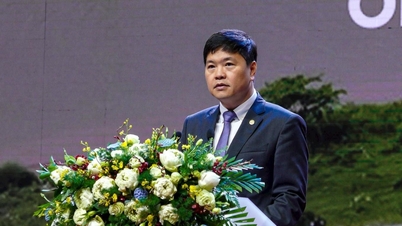






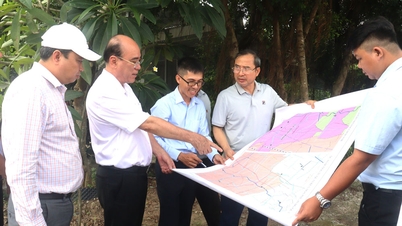

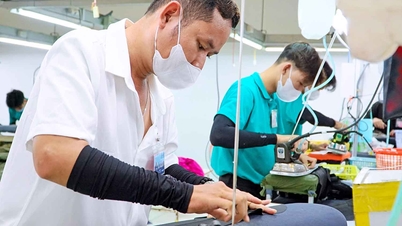















































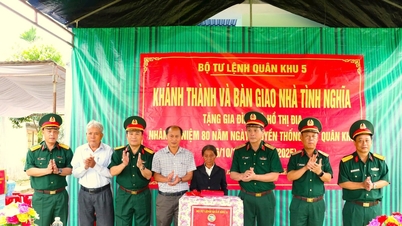
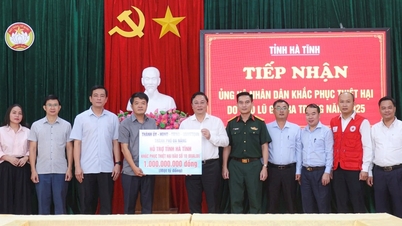



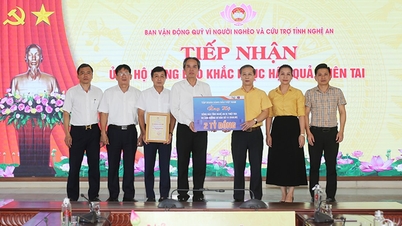












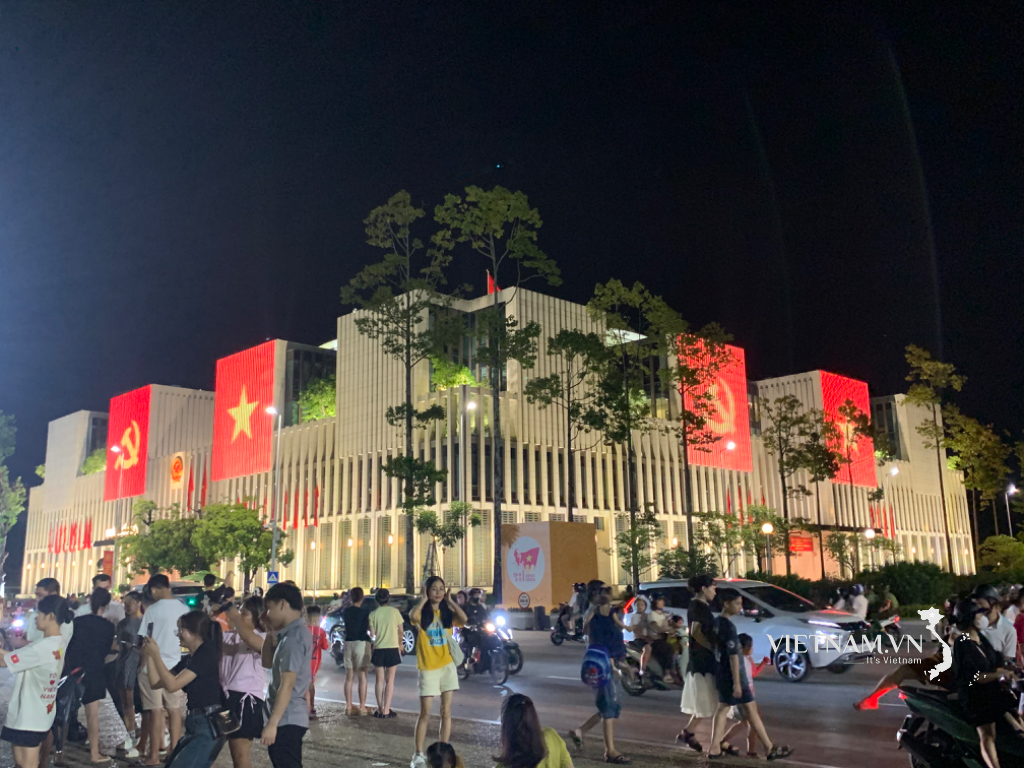



Comment (0)